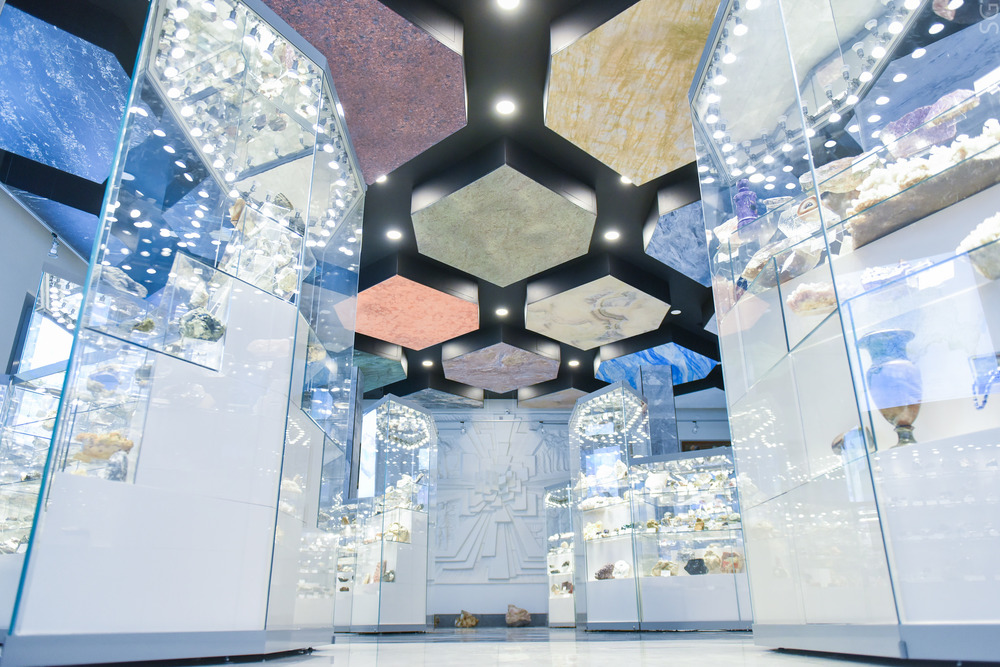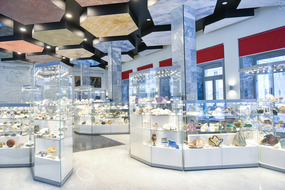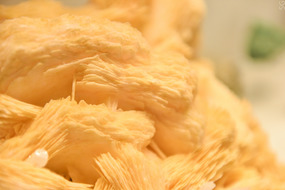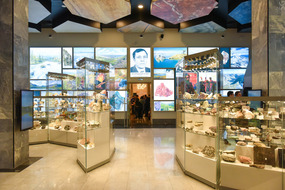On January 30th, 2018, the opening ceremony of the renovated Geological Museum named after V.V. Ershov was held at NUST MISIS as part of “Miner`s Week”, the world’s largest international industry event.
An exposition of more than 6,000 minerals and metal ores is housed at the museum. The museum’s collections have been gathered and purchased since the 1970s. The museum first opened its doors in 1989, and was later named after Professor Vadim Ershov, head of the Geological Department at the Moscow Mining Institute.
A distinctive feature of the museum is that the collection of crystals, minerals, and subsurface rocks are arranged by the major ore mining regions in Russia and neighboring countries (Ukraine, Kazakhstan, Uzbekistan, Turkmenistan, Tajikistan, Azerbaijan, Georgia).
The museum is equipped with interactive displays, each of them showing content on a specific topic such as: “The Asian part of Russia”, “Gems and gem stones”, “European Russia and the Urals”, “Science and life”, “Mining Industrial heritage”, and “Mining Cultural heritage”. Additionally, the modern equipment allows the museum to conduct lectures for future applicants and students.
“NUST MISIS is a leading and dynamically developing university that creates a creative environment for balanced personal development. The renovated Geological Museum named after V.V. Ershov will become an important part [of that] while being a modern, multifunctional museum complex which uses the latest multimedia equipment and interactive features. Even now the museum is a platform to create and hold educational programs; the elective course ‘Geological trails’ is filmed here, courses on the history of geology and mining are held for students, and excursions and workshops are organized for schoolchildren”, said Alevtina Chernikova, Rector of NUST MISIS.
In 2017, the museum was included on the list of places for the “Museums. Parks. Villas” Olympiad for schoolchildren, which was held for the fifth year in a row through the initiative of the Department of Education & Culture of Moscow. The Olympiad participants — schoolchildren, their parents, and teachers — will have the opportunity to not only visit the museum but also to take an exam in the form of quest this year.
According to Natalya Sergievskaya, Deputy Director General for Development at the Polytechnic Museum, “the museum is equipped at a high level in accordance with every standard, and the combination of static exhibitions and interactive panels is very interesting for visitors”.
The Geological Museum is the first part of a large project. A museum complex dedicated to geology, mining, and metallurgy is planned to be created within the next several years.






